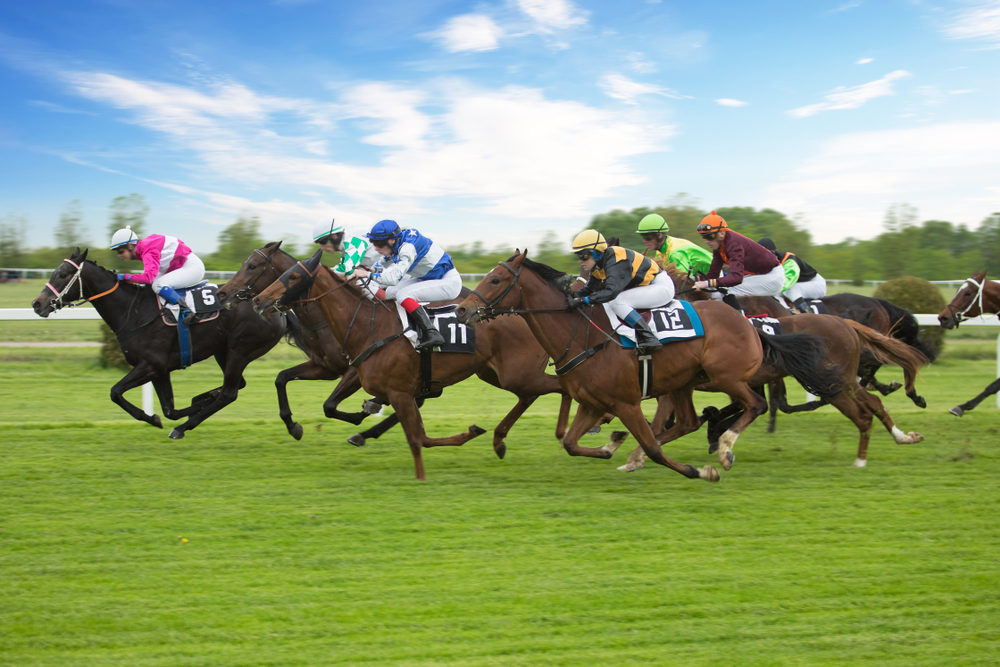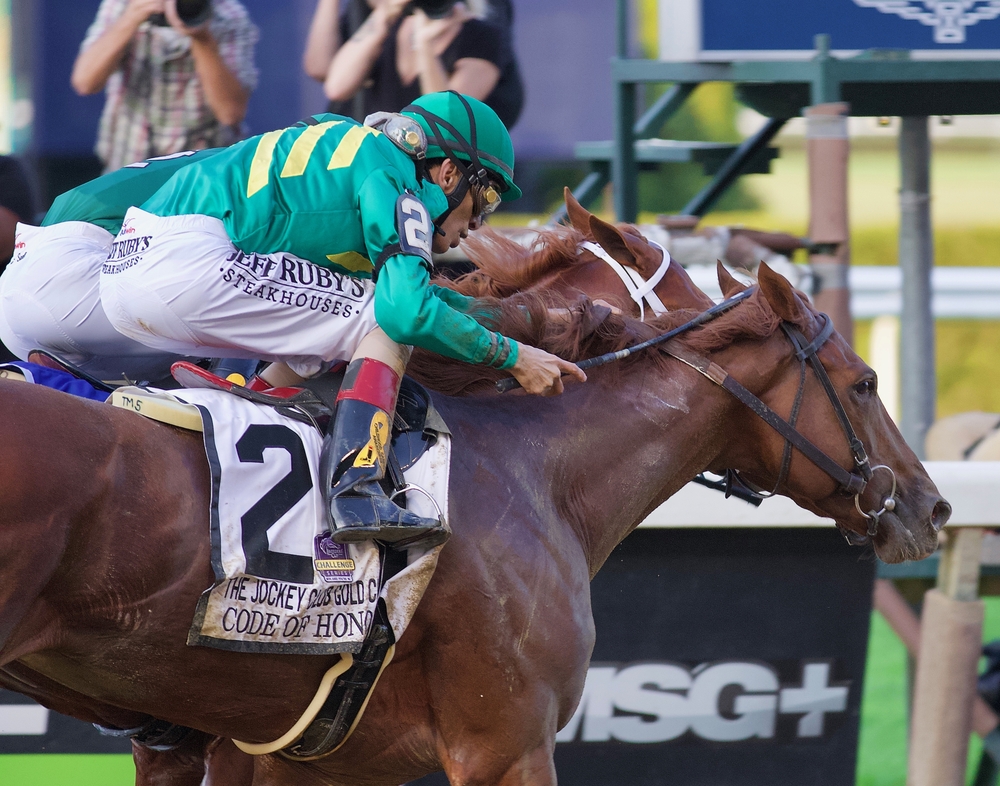Schwingen, a traditional Swiss game, is a form of wrestling that has been part of Swiss culture for hundreds of years. Together with Steinstossen and Hornussen, it is considered the national sport of Switzerland and is an inherent part of Swiss folk culture.
While the sport has been very popular in Switzerland for a long time, in recent years, its popularity has also surged in other parts of the world. Let’s learn more about this intriguing sport and explore its history and how it is played.
History of Schwingen
It is not known exactly where Schwingen was derived, as is the case with most forms of folk wrestling. However, wrestling has been prevalent in the region since the 13th century, since there are records of the sport being practised in the country from the primitive medieval era. There is a picture in the Lausanne Cathedral from the 13th century which reflects the traditional method of holding an opponent during wrestling.
The earliest records of a particular form of Schwingen can be traced back to the 17th century. The traditional form of grappling associated with Schwingen was practised in the regions of Entlebuch, Haslital, and Emmental. If we look at the literature from the 18th century, Schwingen is reflected as part of the Swiss Alpine culture.
According to modern history, the sport began during the Mediation period in the early 1800s as it was a part of Unspunnenfest, a traditional Swiss festival. In the later part of the 19th century, the sport’s popularity reached the bigger cities through Schwingen festivals and gymnastics teachers who introduced it to schools. Thus a sport that native farmers or cattle herders originally played reached all social levels of society and eventually became a national sport.
During that time, the Swiss Schwingen Association (Eidgenössischer Schwingerverband), founded in 1895, defined Schwingen as an organized sport by incorporating regional peculiarities in the format, creating modern rules and improving the abilities of Schwingen players by educating them with books and practices.
How is Schwingen played?
Schwingen is typically played as a duel between two competitors. There are no weight classes or other categories. The game has its own rules, throws, and grips. The best wrestlers from the country, known as the Bosen or the wicked ones, play at the Schwingen festivals. The champion wrestler is usually selected at the Alpine festivals and national wrestling, organised every three years.
However, Schwingen differs from competitive wrestling as the grips are fixed, and the attire differs. Wrestlers traditionally wear shirts or jerseys and trousers and put on short wrestling pants made out of jute over the attire. The jute pants’ legs are rolled up to make a handle.
The judges organise the players before every bout as the competitors for a particular bout is decided fresh. Three to six judges preside over the match, depending on the occasion, while a referee evaluates and oversees the match standing in the ring, and two referees sit at the judging table.
The duration of one bout is five minutes, and the game takes place in a sawdust circle. At the beginning of the match, the players shake hands. During the game, the bout ends when Schwinger touches the ground completely or partially with his back.
Partial touching implies that the player touches the ground as far as the middle of both his shoulder blades, from the buttocks or head, and from the right or left side. The bout ends, and the result will hold only if the losing players’ shoulder blades are within the sawdust circle. Once the bout ends, the winner wipes the sawdust from the losing player’s shoulders.
At a Schwinger festival, one wrestler plays against six opponents. The two Schwinger wrestlers having the highest number of points after five matches proceed to the last round.
To play Schwingen successfully, wrestlers must master their range of throws and use combinations so they can employ various tactics to subvert the opponent’s attacks. In the present day, more than 100 throws have been outlined in the wrestling manual, while in earlier days, only a few throws were used.
Once the game is over, the winner and his fellows are given a wreath and prizes from a gift table. These prizes may include furniture, young bulls, cowbells, or any other similar objects. Like other sports, prize money is not awarded at a traditional Schwinger game.
Schwingen Today
The Swiss Schwingen Association organises Schwingen and continues to improve game quality by formally teaching wrestlers and integrating regional particularities in the standard format. The association today has more than 5000 registered members, many of which are young people. The national association has been divided into five regional bodies, six district bodies, and 23 cantonal associations.
Regional Schwinger festivals are held between summer and autumn. The most significant Schwing festival is the Eidgenössisches Schwing- und Älplerfest. It is organised every three years, and the tournament winner is titled Schwingerkönig and is awarded a bull as the winning prize.
Can You Bet On Schwingen?
Betting on the traditional Schwingen game in Switzerland is not as straightforward as wagering on more mainstream sports. Schwingen, deeply embedded in Swiss culture, is more than just a sport; it’s a celebration of Swiss heritage and values. This form of wrestling, governed by its unique Schwingen rules, is a testament to the country’s love for tradition and fair play. Unlike other sports where betting might be more commercialised, Schwingen maintains a focus on the cultural and competitive spirit, rather than the financial aspect.
In Switzerland, the legal framework surrounding sports betting is tightly regulated. While betting on sports is permitted under certain conditions, the emphasis on Schwingen as a cultural event means it doesn’t traditionally align with the gambling scene. The sport is primarily featured at local festivals, most notably the Eidgenössisches Schwing- und Älplerfest, where the emphasis is on community and celebration rather than monetary gain.
Therefore, while one might find opportunities to place bets on more commercial sports within Switzerland, the nature of Schwingen and its position in Swiss society suggests that betting on these matches is not a common practice. The sport’s focus remains on the honour and pride of participation and spectating, preserving the essence of Schwingen Switzerland as a cherished national heritage rather than a vehicle for gambling.





